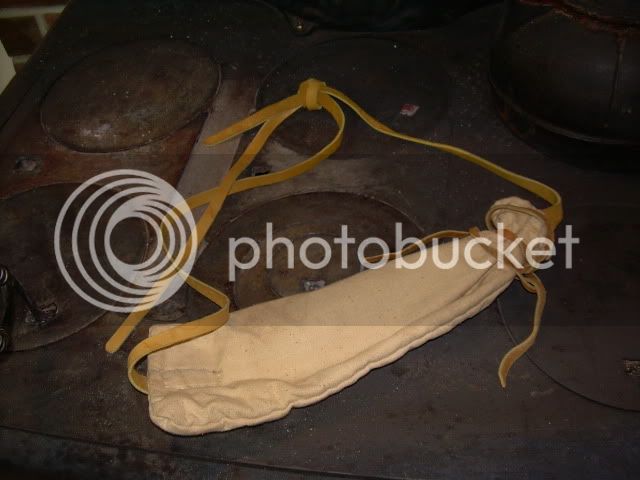A period correct set of accoutrements for a early 1800's day-hunter in the country? Let's say early fall and the hunter is looking to put upland game on the table. Not going out with any intent of spending the night, he's sleeping in his own bed... Perhaps he's only spending the afternoon afield.
What would he carry, figuring the minimum of needs for a afternoon hunt?
giz
What would he carry, figuring the minimum of needs for a afternoon hunt?
giz






